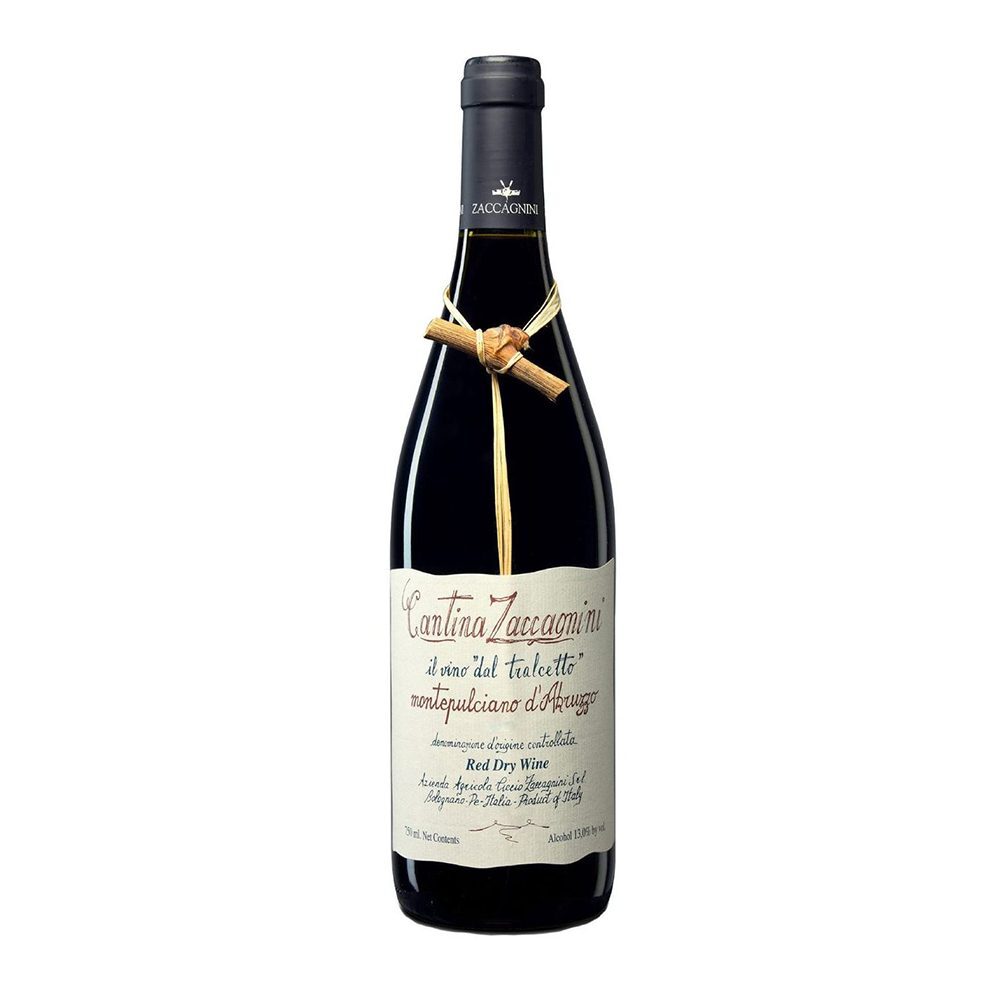Embark on a journey through the lush vineyards of central Italy as we unravel the enigma surrounding Montepulciano wine. At Saghi Wine Shop, we’re passionate about exploring the complexities of this esteemed varietal, shedding light on a question that piques the curiosity of wine enthusiasts worldwide: Is Montepulciano wine sweet?
Short Answere:
the question of whether Montepulciano wine is sweet or savory is not easily answered, as its flavor profile encompasses a spectrum of sensations that defy categorization. While sweetness may occasionally grace the palate, it is but one facet of this multifaceted wine’s allure. Whether you prefer the bold and robust or the elegant and nuanced, Montepulciano wine offers a sensory journey unlike any other. Visit Saghi Wine Shop to embark on your own exploration of Montepulciano wine and uncover the mysteries that lie within each glass. Cheers to the joy of discovery!
Understanding Montepulciano Wine:
Nestled among the rolling hills of Tuscany and Abruzzo, Montepulciano wine boasts a rich tapestry of history and tradition. Crafted from the Montepulciano grape, this wine reflects the terroir of its origin, expressing a unique sense of place with each sip. Known for its thick skins and robust tannins, the Montepulciano grape lends itself to a diverse range of flavor profiles, from bold and fruit-forward to structured and dry.
The Grape Behind the Wine:
To truly grasp the essence of Montepulciano wine, one must first acquaint themselves with the grape from which it derives. Characterized by its resilient nature and adaptability to various climates, the Montepulciano grape thrives in both warm and cool environments, yielding wines of exceptional quality and depth. With careful cultivation and precise winemaking techniques, vintners harness the grape’s potential, crafting wines that captivate the senses and evoke a sense of place.
Deciphering the Flavor Profile:
At the heart of the debate surrounding Montepulciano wine lies its flavor profile. While some may perceive hints of sweetness in certain expressions, the majority of Montepulciano wines tend towards a drier spectrum, characterized by earthy undertones, vibrant acidity, and firm tannins. However, variations in winemaking styles, including fermentation methods and aging processes, can influence the final outcome, resulting in wines that range from approachable and fruit-forward to complex and age-worthy.
Exploring the Spectrum of Sweetness:
While Montepulciano wine is predominantly known for its savory attributes, there are instances where sweetness comes into play. Wines produced in warmer climates or subjected to extended maceration periods may exhibit softer tannins and heightened fruitiness, lending a perceived sweetness to the palate. Nevertheless, it’s essential to recognize that sweetness in Montepulciano wine is nuanced and balanced, complementing rather than overpowering its other characteristics.
Pairing Possibilities:
One of the hallmarks of Montepulciano wine is its remarkable versatility when it comes to food pairing. Whether enjoyed alongside traditional Italian fare such as pasta alla amatriciana or paired with hearty meat dishes like roasted lamb, Montepulciano wine effortlessly complements a wide range of cuisines and flavors. Its inherent acidity and structured tannins serve as the perfect foil to rich and savory dishes, elevating the dining experience to new heights.


.jpg)





